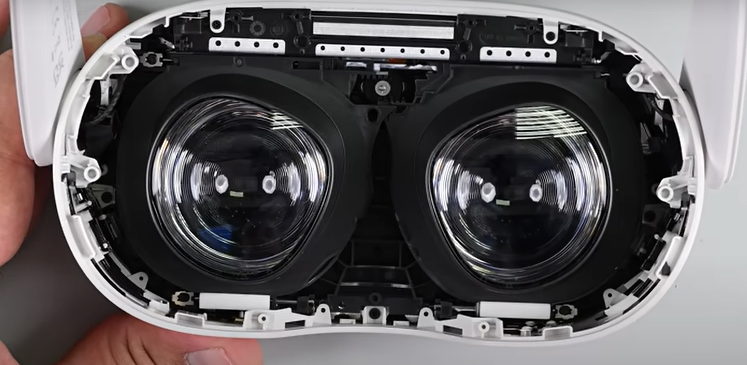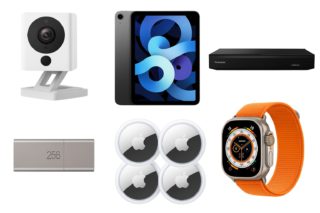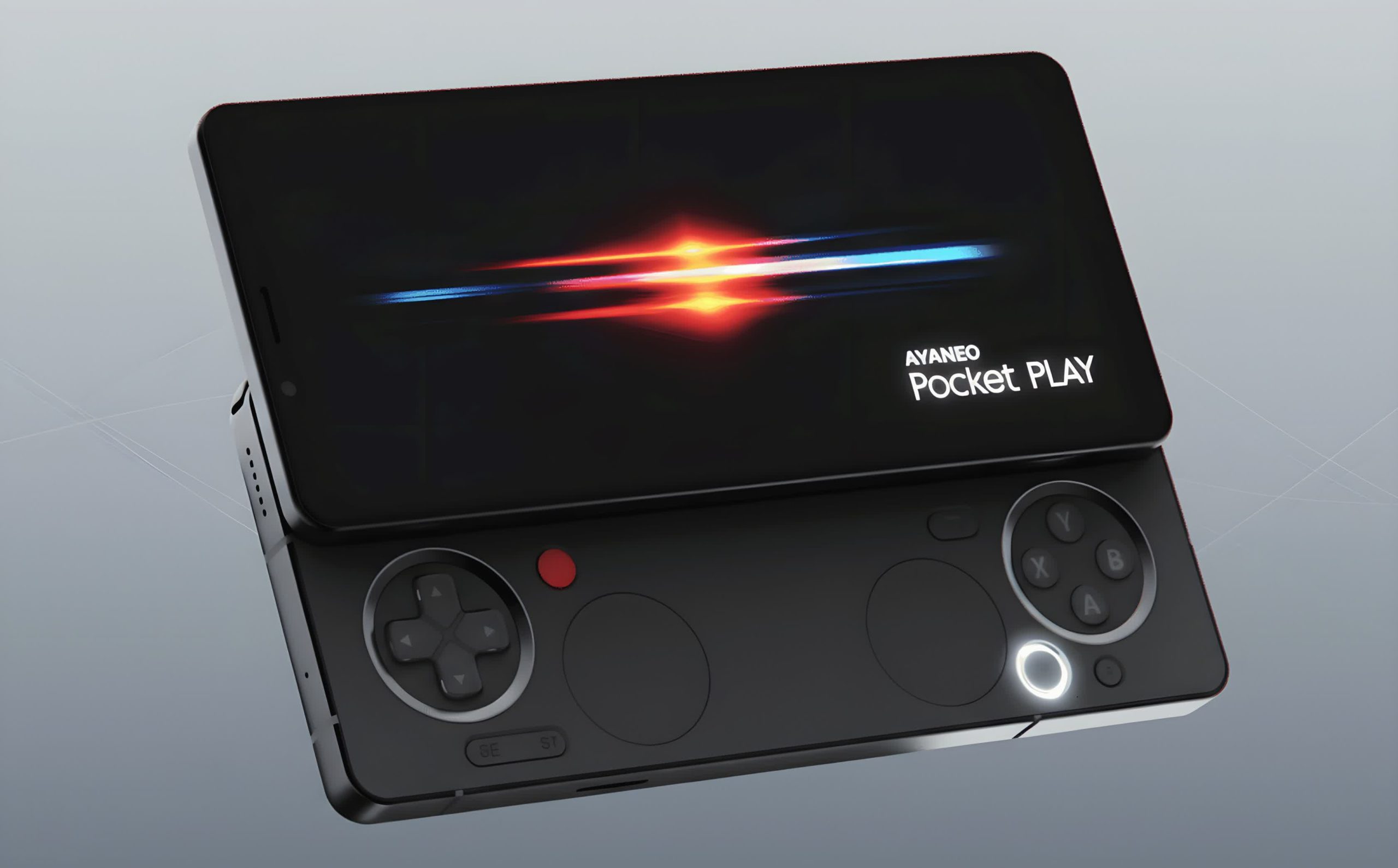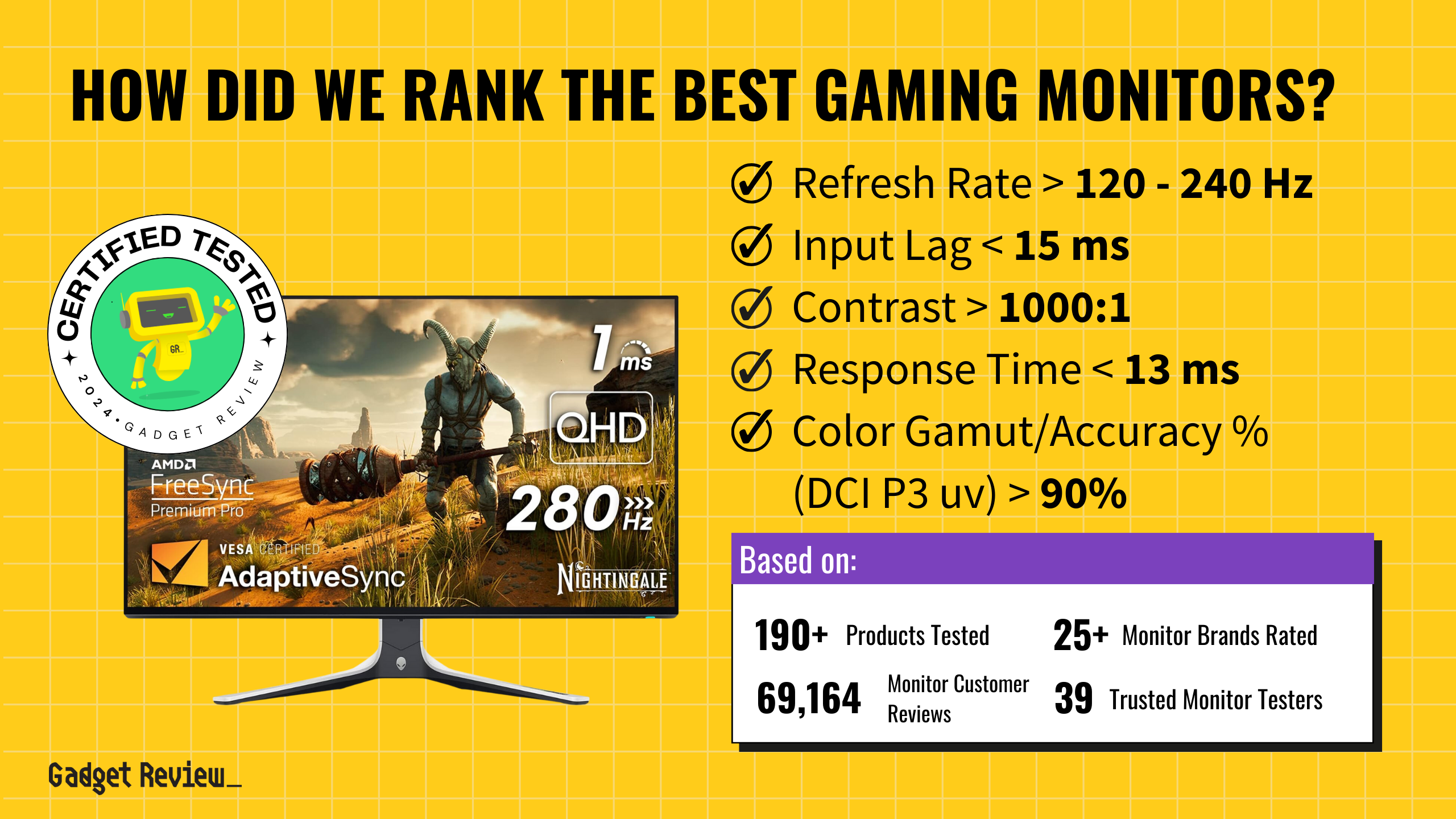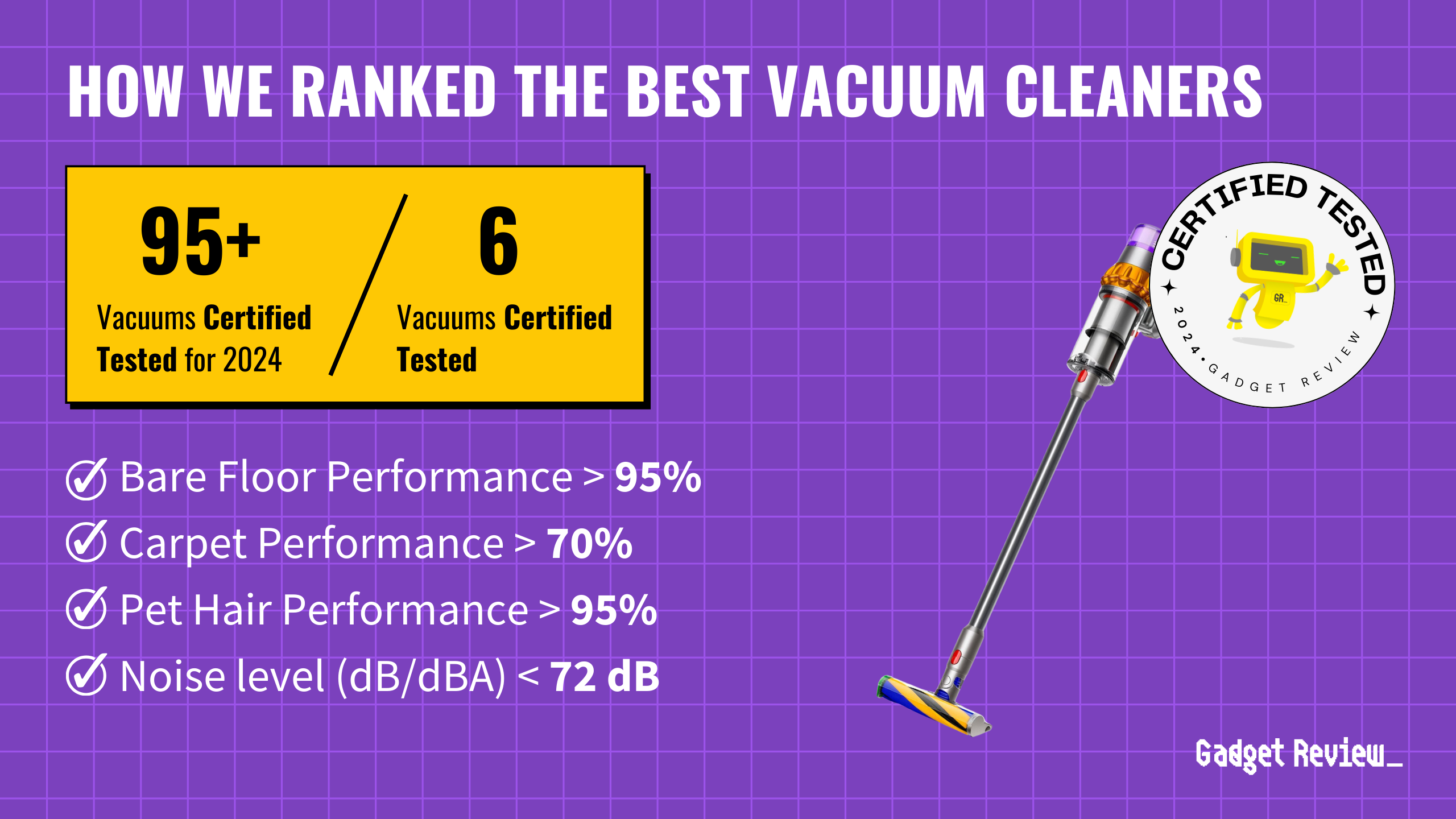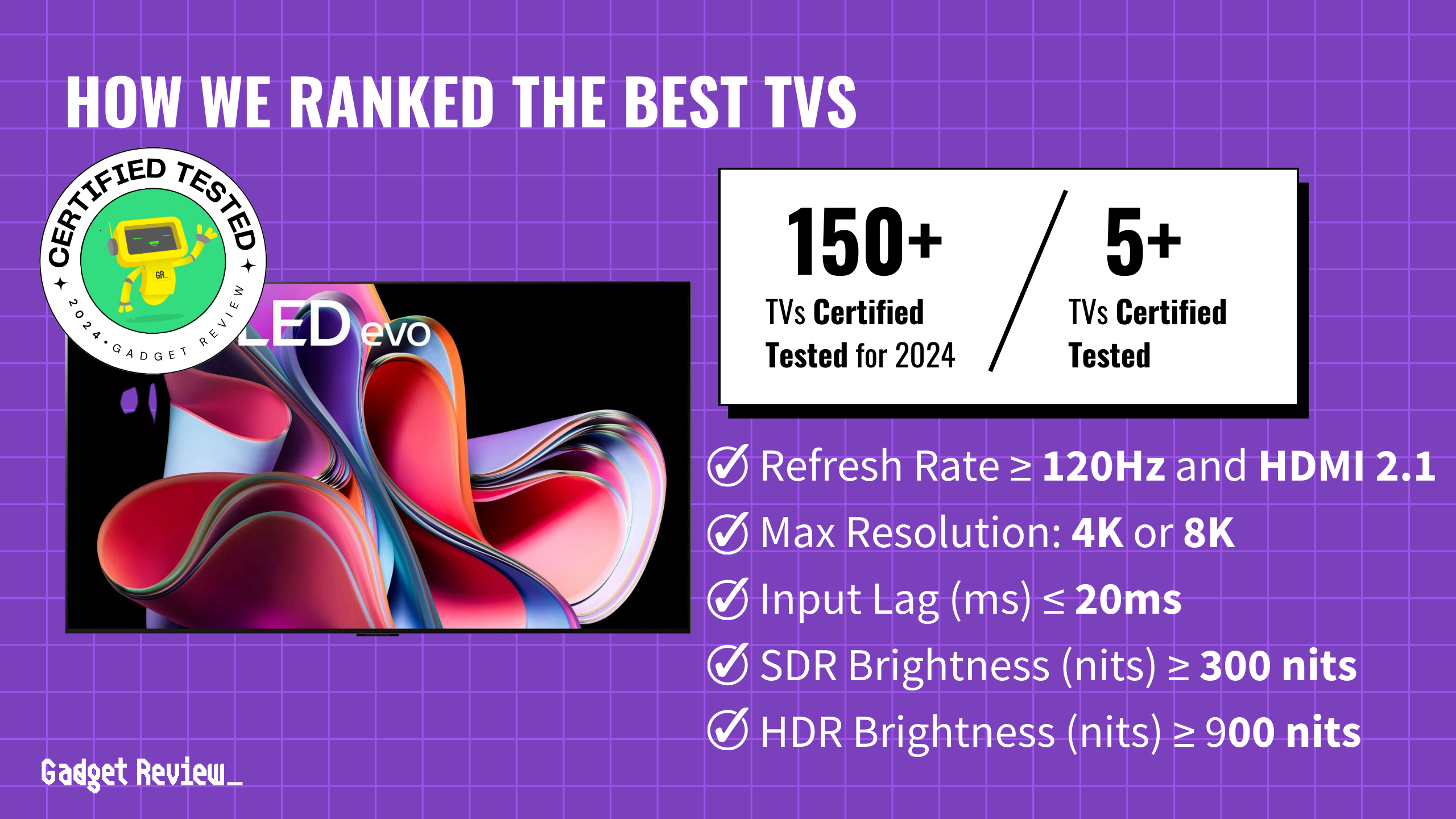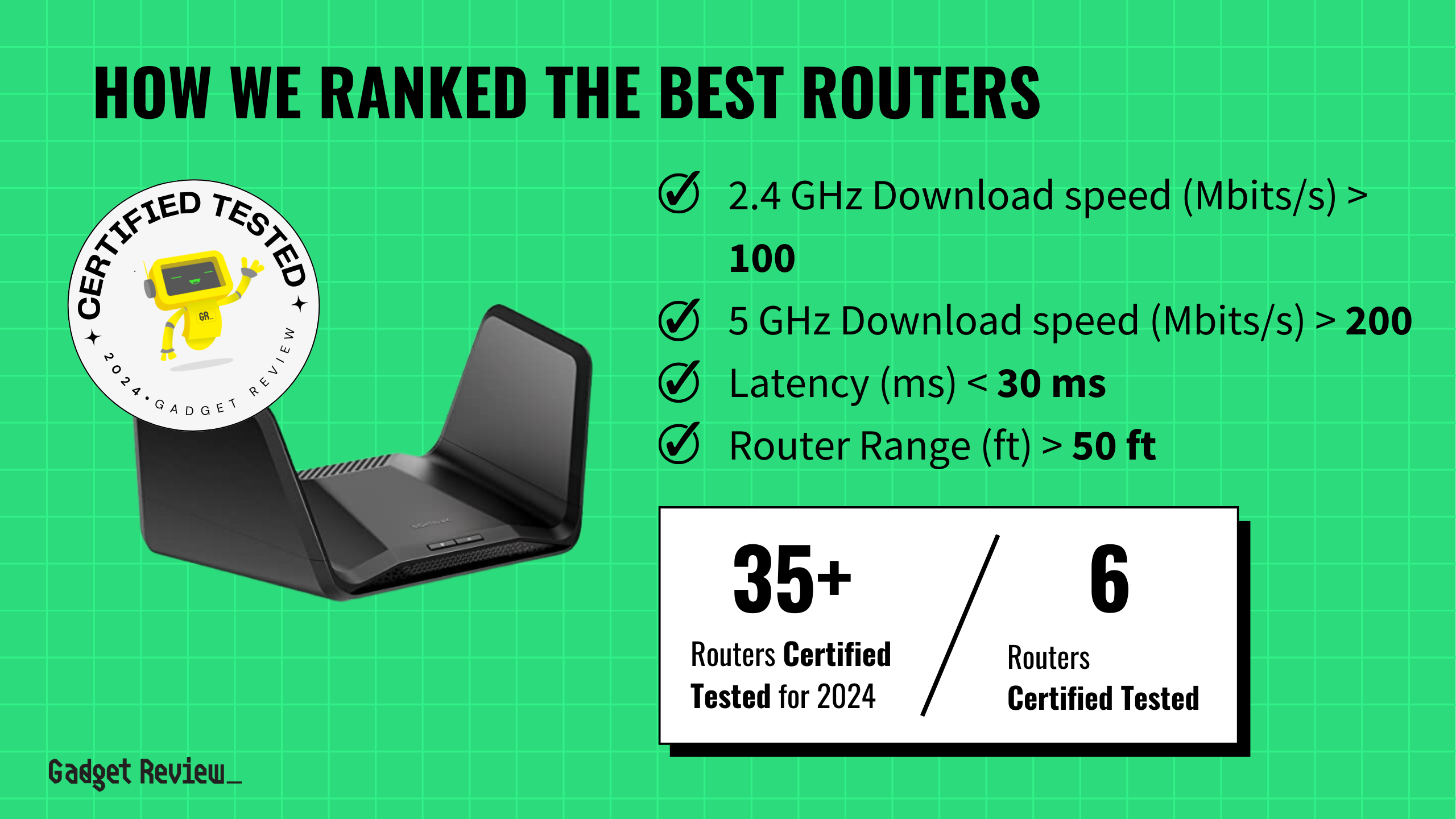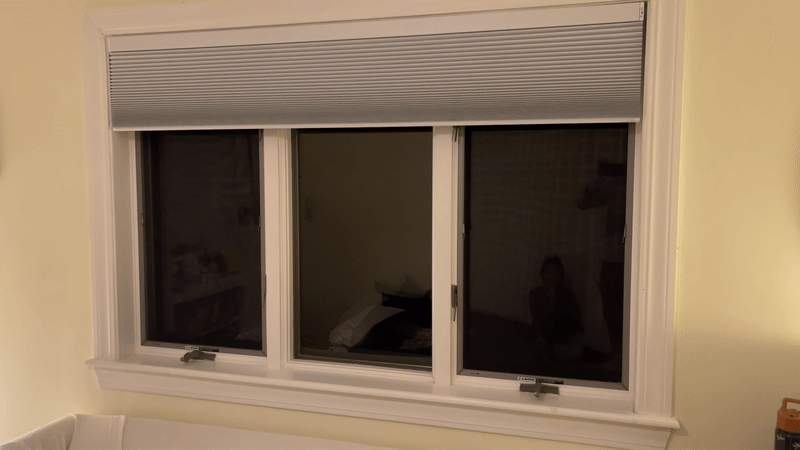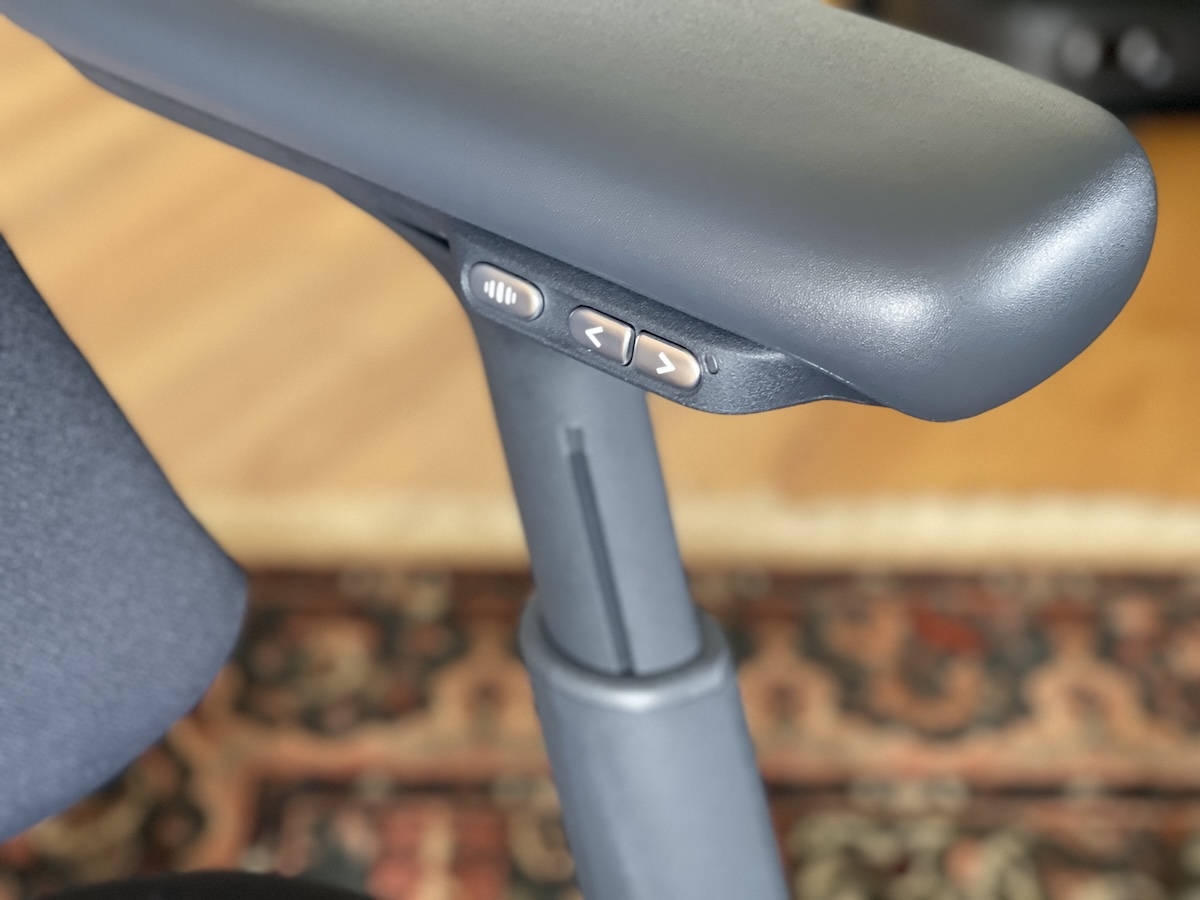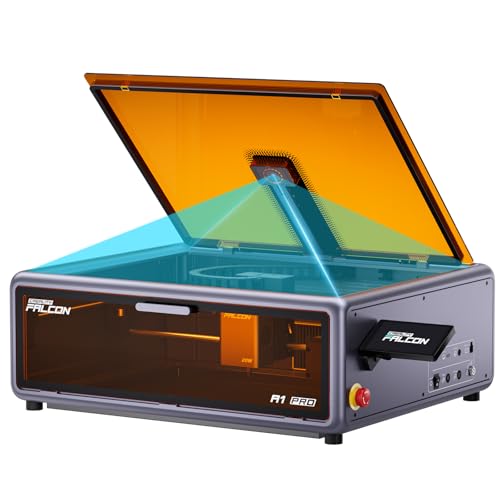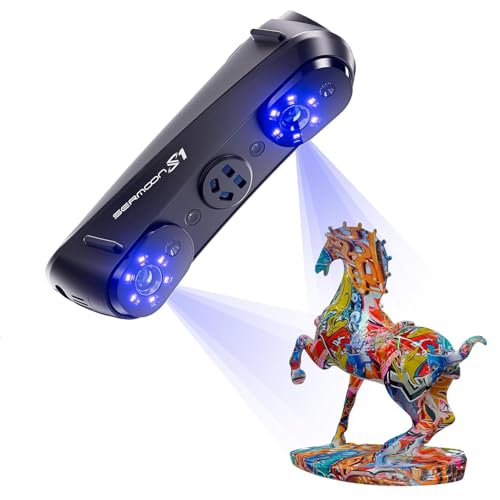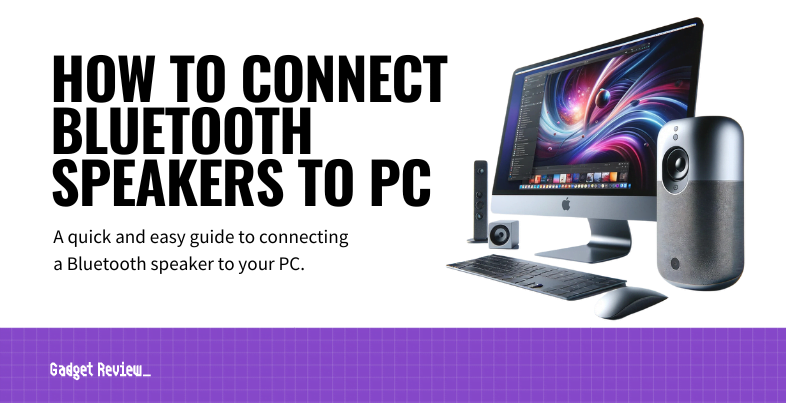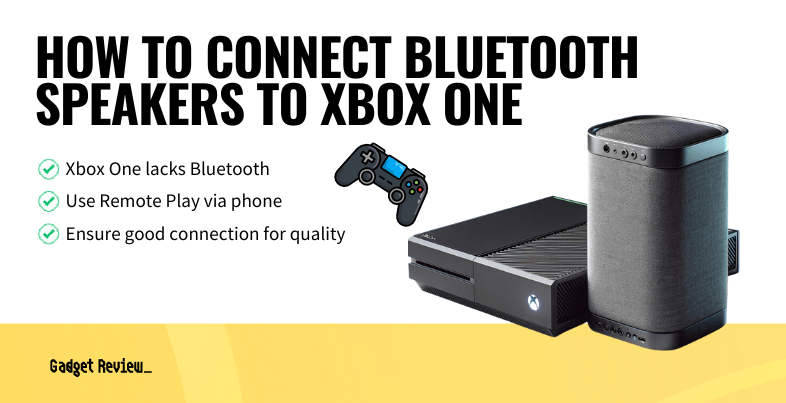Why it matters: Meta’s latest VR headset, the Quest 3S, offers significant performance improvements while maintaining compatibility with its predecessor, the Quest 2. This strategic move provides consumers with a more affordable entry point into advanced VR technology.
Key hardware insights: iFixit’s teardown of the Quest 3S reveals a blend of old and new components:
- Fresnel lenses identical to those in the Quest 2
- Single LCD panel with 1,832 x 1,920 pixels per eye resolution
- Qualcomm Snapdragon XR2 Gen 2 SoC, matching the Quest 3’s processing power
- Two IR sensors for depth mapping, improving performance in low-light conditions
Performance leap: The Quest 3S boasts twice the graphical performance of the Quest 2, despite retaining some of its hardware. This upgrade allows for more visually impressive and smoother VR experiences.
Color passthrough: According to The Verge, unlike the Quest 2, which features a black-and-white passthrough, the Quest 3S features a full-color passthrough. This enhancement significantly improves mixed reality applications and the overall user experience.
Pricing strategy: At $299.99, the Quest 3S positions itself as a mid-range option between the older Quest 2 and the premium Quest 3 ($499.99). This pricing makes advanced VR technology more accessible to a broader audience.
Repairability benefits: As Mashable points out, the Quest 3S’s use of Quest 2 components enhances its repairability. Consumers can easily find replacement parts, and those upgrading from a Quest 2 may be able to salvage components.
Market impact: The Quest 3S’s release expands Meta’s VR offerings, potentially attracting new users to the platform. Its balance of performance and affordability could accelerate VR adoption.
Looking ahead: As VR technology continues to evolve, the Quest 3S demonstrates that incremental upgrades can provide significant value. This approach may influence future product strategies in the VR industry, emphasizing accessibility and sustainability.


